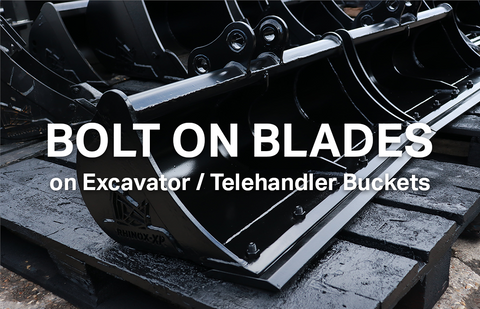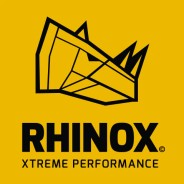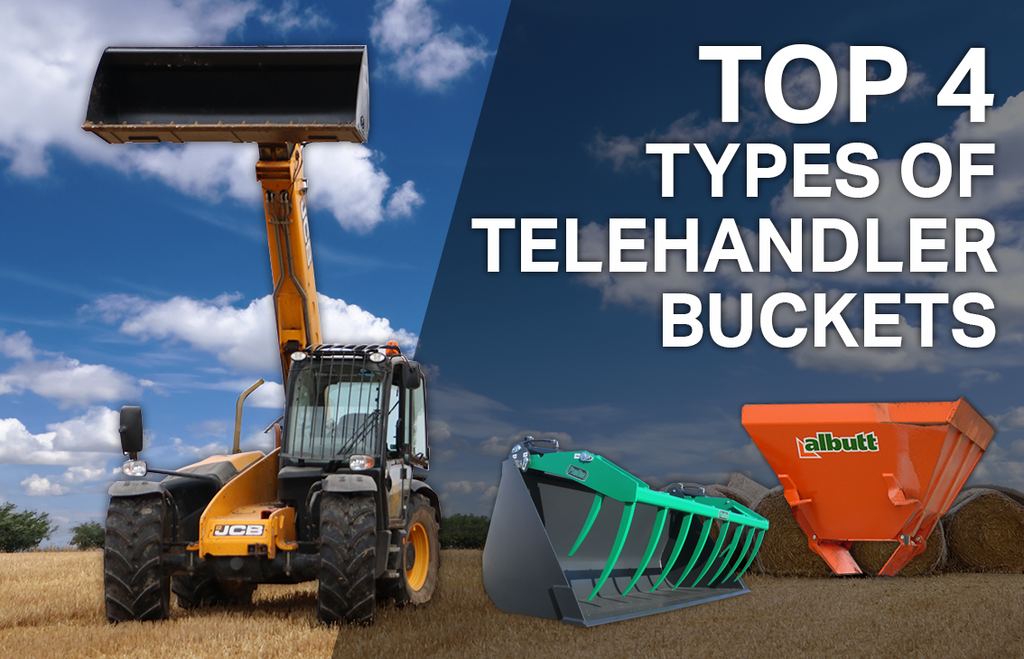The Top 4 Types of Telehandler Bucket
In this post, we're going to dive into the world of telehandler buckets and explore the top 4 types that are revolutionising the construction, agriculture and manual handling sectors. The feature that makes the telehandler so versatile is the selection of buckets that can be fitted to the machine. Whether you're involved in heavy-duty construction, delicate agricultural operations or any sector that requires lifting and moving materials, understanding the different types of telehandler buckets available can significantly enhance your productivity. Join us as we explore the key features, advantages, and applications of the top 4 telehandler bucket types.

What is a Telehandler?
A telehandler, also known as a telescopic handler or rough terrain forklift, is a versatile piece of heavy machinery designed to lift, move and place materials using its telescopic boom. Telehandlers have become popular across many sectors due to their material handling versatility and ability to reach great heights. The telescopic boom is the arm of the telehandler that extends in sections to the required height for your job, combining the lifting capabilities of a forklift and the height requirements of a crane. This makes it an extremely adaptable machine for your jobs.
Can you fit a bucket to a telehandler?
Yes. Buckets are one of the most commonly used attachments on telehandlers, and exist in all shapes and sizes depending on your job requirements. From material moving buckets to grapple buckets with forks to help secure material in place while transporting.
The Top 4 Telehandler Buckets

1. General Purpose Telehandler Bucket
A general purpose bucket is the telehandler attachment you will likely have seen before. It is a wide, open bucket designed for use on construction sites to carry and move heavy materials, for site clearance and for filling drainage trenches. You will also commonly see this style of bucket being used in the agricultural sector spreading mulch, clearing animal waste, and moving grain and fertilisers. In the colder months, the telehandler general purpose bucket becomes a desirable asset for shovelling snow and spreading salt across roads and car parks.
The standard telehandler bucket varies in size but can usually hold around a cubic metre of material. Rhinox telehandler buckets are available in 0.75 cubic metre capacity at 72" wide and 1 cubic metre capacity at 90" wide. The size of these buckets allows you to complete your required jobs quickly and efficiently to ensure your projects remain on schedule.
2. Hot Box Bucket

A telehandler hot box bucket, or tarmac bucket, is similar to your standard general purpose bucket with the open bucket design. The main difference with these buckets is that they're much narrower than your general purpose telehandler bucket but maintain the large bucket capacity. For example, the Rhinox hot box bucket is 60" wide with a capacity of 0.5 cubic metres. This makes the hot box bucket the ideal size for loading hot box trailers and trucks with tarmac, creating little to no wasted material while loading.
Although specifically designed for loading hot boxes, the narrow width but increased capacity makes it an ideal attachment for drainage projects on small or tight construction sites. Or in the agricultural industry for filling narrow animal troughs with grain or feed. The possibilities for using this bucket are endless.

3. Grapple Bucket
A telehandler grapple bucket is a standard telehandler bucket with forks that open and close using your telehandler auxiliary hydraulics. These forks are designed to secure bulky and hard-to-handle material while transporting, such as logs, waste or recycling materials, hay bales and most bulky objects that would likely become dislodged from your standard telehandler bucket. Grapple buckets can vary in size but usually range between 80" to 100" wide, to allow you to scoop piles of loose and bulky material in one load.
Depending on the manufacturer, the material used to make these tines will vary from 500 HB (Hardened Brinell) steel to Hardox, to ensure a high quality finish that will withstand the harsh environments faced in these applications. A selection of companies that manufacture these buckets includes Whites Material Handling, Bucket Warehouse and ProDig Attachments.
4. Bag Filling Bucket

The telehandler bag filling bucket does exactly what the name suggests, it quickly and easily fills bags with material such as sand, gravel, grain and fertiliser. Bag filling buckets are usually manufactured with hydraulic quick release trap doors that are controlled from within the cab of the telehandler, allowing you to precisely fill 40 bags of material per hour (on average). These buckets can usually be operated by one person and can hold between 0.5 and 2 cubic metres of loose material at any one time.
Most bag filling buckets feature hooks on the underside of the bucket to strap the bag to while filling. This ensures a quick and efficient pour of your materials, keeping spillages and waste to a minimum. Filling this bucket is similar to loading your general purpose bucket, scooping the material from a pile and tilting back towards the telehandler to let the material fall into the bottom, ready to be released. A selection of companies that manufacture these buckets includes JB Equipment, ProDig Attachments and Albutt.
By exploring the key features and best uses of these 4 types of telehandler bucket we hope you have gained an understanding of how these attachments can significantly enhance the versatility and efficiency of your telehandler, whether it's the adaptability of the general purpose bucket, the grip and control of the grapple bucket or the pouring precision of the hot box and grapple buckets. We hope that you can now confidently select the ideal telehandler bucket for your specific jobs, to optimise your productivity and efficiency on site.
Want to purchase a Rhinox telehandler bucket? Check out our full range here.
If you'd like to know more information about how the Rhinox general purpose bucket or hot box bucket can further improve your efficiency and productivity, check out some of our other content below:
More Information about Rhinox Telehandler Buckets:
 |
 |
 |















